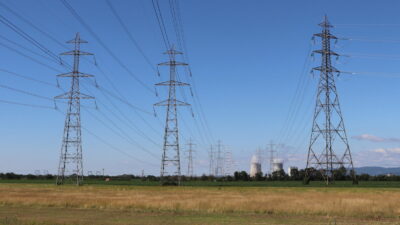Deceptive patterns: how can we make choices fairer online?
Online, every click and swipe is subtly influenced by how choices are presented to you. In a world where what we watch, listen to, read, and buy is the result of responding to the choices presented to us on a screen, this choice architecture is hugely important.
We may not think much of selecting to ‘accept all cookies’ on a website to get to the content faster or making a quick purchase because we are told there are ‘only two rooms left’. However, these deceptive or dark patterns are designed to exploit inherent decision-making biases to change your choices, often to the benefit of the supplier rather than you. How can we identify and test the effects of these patterns and how, ultimately, can we make these choices fairer?
In our latest ‘Top of the Agenda’ podcast Dr Helen Jenkins talks with Marie Potel-Saville, founder and CEO of Amurabi and Fair Patterns, and Dr Anastasia Shchepetova, a Senior Consultant in Oxera’s behavioural economics team. They discuss how we can test these effects, reduce companies’ use of these deceptive patterns online and create a more user-friendly digital space.
Listen and subscribe to the Top of the Agenda podcast series on Spotify, Apple or via your favourite podcast platform.
Related

Ofgem RIIO-3 Draft Determinations
On 1 July 2025, Ofgem published its Draft Determinations (DDs) for the RIIO-3 price control for the GB electricity transmission (ET), gas distribution (GD) and gas transmission (GT) sectors for the period 2026 to 2031.1 The DDs set out the envisaged regulatory framework, including the baseline cost allowances,… Read More

Time to get real about hydrogen (and the regulatory tools to do so)
It’s ‘time for a reality check’ on the realistic prospects of progress towards the EU’s ambitious hydrogen goals, according to the European Court of Auditors’ (ECA) evaluation of the EU’s renewable hydrogen strategy.1 The same message is echoed in some recent assessments within member states, for example by… Read More

